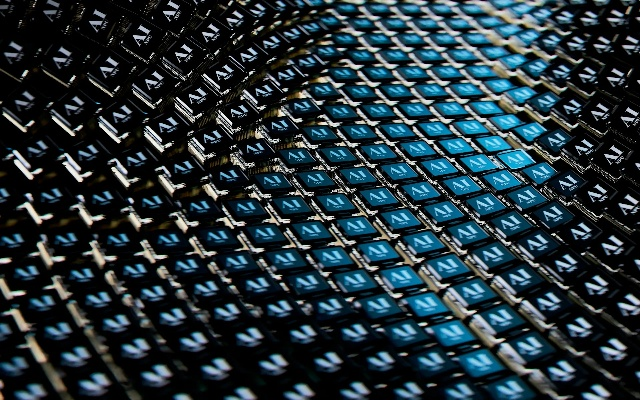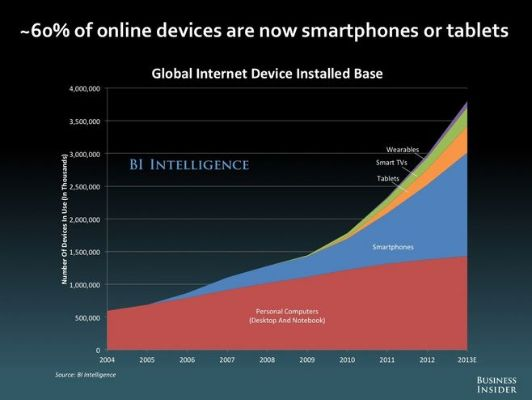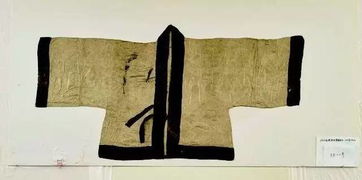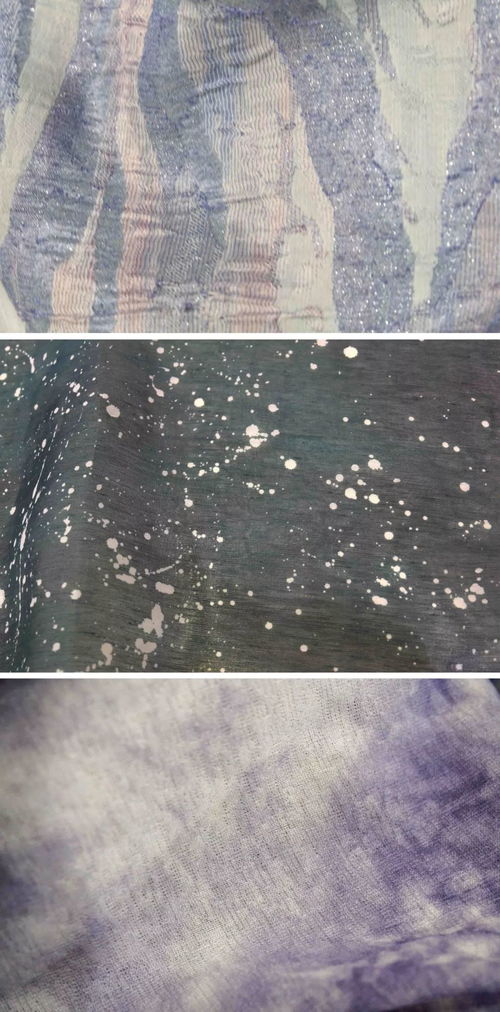The Future of Electronic Textiles:A Global Perspective
: The Future of Electronic Textiles: A Global Perspective,Abstract:,The field of electronic textiles, which integrate electronic components with textile materials, has seen rapid development in recent years. This paper aims to explore the future prospects of electronic textiles from a global perspective. By analyzing the current state of technology and market trends, the study highlights the potential benefits of electronic textiles for various industries, including fashion, healthcare, and sportswear. Additionally, it discusses challenges such as cost-effectiveness, sustainability, and regulatory frameworks that need to be addressed to realize their full potential. Overall, the paper suggests that the integration of electronic textiles into our daily lives is not only possible but also essential for achieving a more efficient, sustainable, and technologically advanced society.
Introduction: In the realm of textile technology, electronics have been a game-changer. From smart fabrics that adjust to your body temperature to touchscreen-enabled clothing, electronic textiles are transforming the way we interact with our clothes. In this article, we will explore the current state of the industry, the potential benefits and challenges it faces, and how it can continue to grow in the years to come.
Current State of the Industry: Electronic textiles have already made significant strides in recent years. Smart fabrics, for instance, have become more sophisticated and affordable. These fabrics can be controlled remotely via smartphones or voice commands, providing users with personalized experiences. Another example is the development of self-cleaning textiles, which use electrostatic forces to remove dirt and sweat without the need for chemicals.

Potential Benefits: The integration of electronics into textiles has numerous benefits. Firstly, it can enhance the comfort and functionality of clothing. For example, smart fabrics can provide information about the weather, temperature, and humidity, allowing users to make informed decisions about their wardrobe. Additionally, they can be used to create eco-friendly solutions by reducing waste through recycling or energy-efficient production processes.
Challenges: Despite the many benefits, there are also several challenges associated with electronic textiles. One major issue is the cost of manufacturing. Electronic components and advanced materials required for these fabrics can be expensive, making them less accessible to consumers who may not be able to afford them. Another challenge is the lack of standardization across different manufacturers. This can lead to inconsistencies in quality, reliability, and performance, making it difficult for consumers to trust the products they purchase.
Case Study: One company that has successfully integrated electronics into textiles is Intelligent Textiles. Founded in 2015, Intelligent Textiles specializes in developing high-tech fabrics that can sense and respond to environmental factors such as temperature, humidity, and air quality. Their products include wearable devices that monitor vital signs, as well as smart home textiles that can control lighting, heating, and other appliances.
Another company that has made significant strides in the field of electronic textiles is Sensoria. Founded in 2017, Sensoria focuses on creating textiles that can detect and respond to human emotions. Their products range from smart underwear that can track mood changes to wearable devices that can measure stress levels.
Conclusion: The future of electronic textiles looks promising, with continued innovation and advancements in technology likely to drive growth in the industry. As more companies enter the market and new products emerge, we can expect to see even more personalized and functional textiles that cater to the needs of consumers around the world. However, it is important to address the challenges associated with the industry to ensure that everyone has access to these innovative products.
随着科技的飞速发展,电子纺织品已成为现代生活中不可或缺的一部分,它们不仅在日常生活中扮演着越来越重要的角色,而且在工业、医疗、航空航天等领域也发挥着越来越重要的作用,本文将探讨电子纺织品的未来发展前景,并使用英文表格和案例说明进行详细阐述。
电子纺织品的发展现状

-
技术进步:电子纺织品领域的技术不断创新,新材料、新工艺不断涌现,推动了电子纺织品的快速发展。
-
应用领域:电子纺织品广泛应用于服装、家居装饰、医疗设备、航空航天等领域。
电子纺织品的发展趋势
-
功能性增强:随着人们对电子纺织品的需求日益增长,功能性增强成为电子纺织品发展的重要趋势,抗菌、防过敏、防静电等功能性增强使得电子纺织品在医疗、航空航天等领域的应用更加广泛。
-
环保可持续性:随着环保意识的提高,电子纺织品的环保可持续性成为重要的发展趋势,采用环保材料、减少能源消耗、降低碳排放等措施,使得电子纺织品更加符合可持续发展要求。
案例分析
智能服装行业的应用
近年来,智能服装行业迅速发展,电子纺织品在其中扮演着越来越重要的角色,采用新型材料制成的智能服装具有舒适、透气、抗菌等功能,能够满足消费者对舒适度、透气性和抗菌性的需求。

医疗设备领域的应用
在医疗设备领域,电子纺织品的应用也越来越广泛,医用电子纺织品具有吸湿排汗、抗菌防病毒等功能,能够提高医疗设备的舒适度和安全性,随着物联网技术的不断发展,电子纺织品在医疗设备中的智能化应用也将成为未来发展的重要趋势。
电子纺织品的发展前景
-
市场前景:随着人们对电子纺织品的需求不断增长,电子纺织品市场前景广阔,电子纺织品将在更多领域得到应用,包括服装、家居装饰、航空航天等领域,随着环保意识的提高和技术的不断创新,电子纺织品的环保可持续性也将成为重要的发展趋势。
-
技术创新:电子纺织品的科技创新将更加注重功能性增强和环保可持续性,新型材料、新工艺的不断涌现将推动电子纺织品的不断创新和发展,随着物联网技术的不断发展,电子纺织品的智能化应用也将成为重要的发展方向。
电子纺织品的发展前景广阔,具有巨大的市场潜力和发展前景,电子纺织品将在更多领域得到应用,包括服装、家居装饰、医疗设备、航空航天等领域,随着技术的不断创新和环保意识的提高,电子纺织品的环保可持续性也将成为重要的发展趋势。
Articles related to the knowledge points of this article:
The Comprehensive List of Textile Functional Processing
Testing Fabric Content for Fibers in Textile Industry



